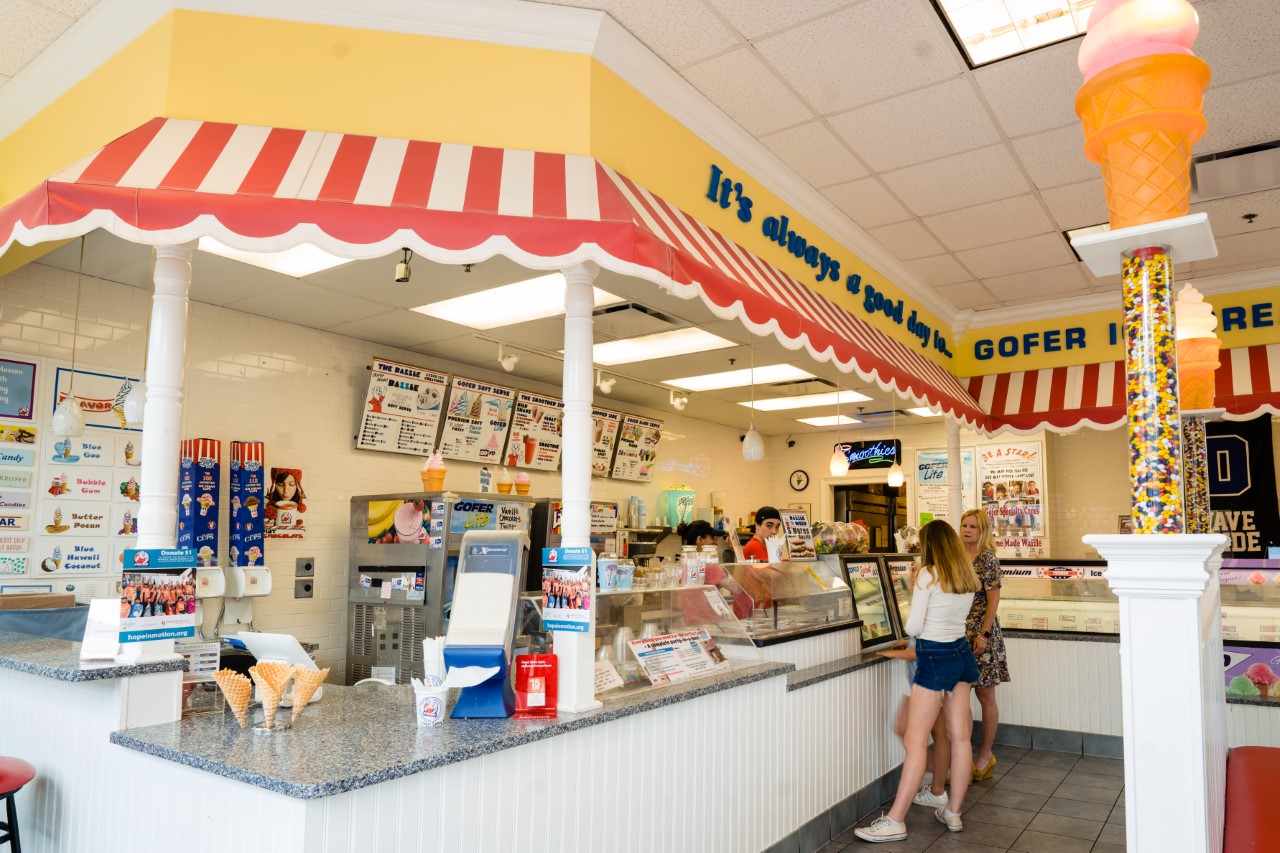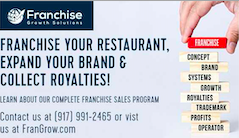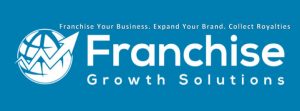Gofer Ice Cream Franchised Shop, Darien Connecticut
From traditional hard and soft ice cream to fat-free treats, and more recently expanding into plant-based ice cream products with the same promise of high quality for which the brand is known.
PRESS RELEASE
Beloved Connecticut based Ice Cream Company plans to expand in the Northeast
Stamford, Connecticut. Gofer Franchise Systems LLC. Today Gofer Ice Cream announced it has launched a program to offer Gofer Ice Cream Franchises throughout Connecticut immediately. The company is set to expand beyond the State in 2020.
Jay Ragusa, Gofer Ice Cream’s Founder, said: “We’ve been preparing for this day since we launched the brand in 2003. It has always been the plan to prove and perfect the concept and then replicate it through the franchise model. We’ve learned a lot over the years, and we feel we’re in a great position to help others own, operate, and prosper in their own business. Prospective franchisee partners can be confident in the Gofer Ice Cream Brand and system that we offer. The fact is that many concepts have come and gone, but we are here thriving and growing.”

The successful “Gofer” brand has been serving the Fairfield County Connecticut area for over seventeen seasons, through its current five locations, and it has become a local favorite for many. The concept of Gofer Ice Cream, which was founded by Jay Ragusa and his family, is to be the “home team” of ice cream places. In every town or city, the goal is for Gofer Ice Cream to become the center of the community, where family and friends can enjoy a high-quality frozen treat in a welcoming environment. The shops are simple, easy, and fun to operate. Also, Gofer Ice Cream Shops are built for a relatively low cost. Franchise Partners are already scooping smiles daily, and the goal is to bring this experience to more and more communities. Gofer Ice Cream offers a variety of frozen treats for the entire family. From traditional hard and soft ice cream to fat-free treats, and more recently expanding into plant-based ice cream products with the same promise of high quality for which the brand is known. In 2019 a new company, “Gofer Franchise Systems LLC,” was formed to focus on expanding via franchising the concept beyond Fairfield County.

For the past several months, in preparation for the franchise opportunity launch, the team has been working with Franchise Industry Veteran Gary Occhiogrosso of Franchise Growth Solutions. “Gary brings his experience in not only the Franchise Industry but specifically in the frozen dessert business. He has the deep knowledge and connections specifically needed at this point in our growth. With the addition of Franchise Growth Solutions to the team, we are working with the best in the business to make sure we do franchising right. An investment made by a Franchisee is, in many cases, a once and a lifetime decision, and we don’t take that responsibility lightly.” commented Jay Ragusa.
Mr. Occhiogrosso has 30+ years of experience in franchise development and sales and was integral to the success of nationally recognized brands, including Ranch*1, Desert Moon Fresh Mexican Grille, and brands found under the multi-brand franchisor, TRUFOODS, LLC.
Occhiogrosso stated: “It’s a compelling franchise opportunity, the frozen dessert business continues to grow. People love ice cream. But more than merely the best cream, Gofer creates memories by delivering a family and community experience. With frozen treats to meet virtually every customer trend, whether Plant-Based, or Fat-Free or Soft Serve or our Premium Ice Cream, Gofer Ice Cream gives our Franchise Partners a unique competitive advantage in the Ice Cream business.”
###
ABOUT GOFER ICE CREAM
Gofer Ice Cream provides premium hand-dipped and soft-serve ice cream, plant-based ice cream, fat-free Gofer Lite, Italian ice, smoothies, and Razzles, as well as ice cream products and novelties through five retail locations in Southern Fairfield County, Conn. Gofer opened its first store in Greenwich in 2003 and has since grown with both company and franchisee-owned shops also now open in Cos Cob, Stamford, Wilton, and Darien. The company is a multi-year award winner of “The Best of the Gold Coast,” a people’s choice award conducted through Moffly Media. Gofer Franchise Systems LLC awards franchises to operate under the Gofer Ice Cream brand.
###
ABOUT FRANCHISE GROWTH SOLUTIONS, LLC
Franchise GrowthSolutions, LLC is a strategic planning, franchise development and sales organization offering franchise sales, brand concept and development, strategic planning, real estate and architectural development, vendor management, lead generation, and advertising, marketing, and PR including social media. Franchise Growth Solutions’ proven “Coach, Mentor & Grow®” system puts both franchisors and potential franchisees on the fast track to growth. Membership in Franchise Growth Solutions’ client portfolio is by recommendation only.
For more information, please contact Gary Occhiogrosso at 917.991.2465 or via email at [email protected].

Click Here Now for a FREE Consultation









